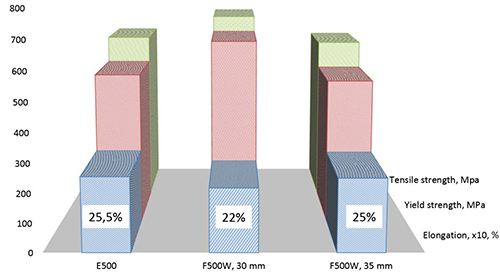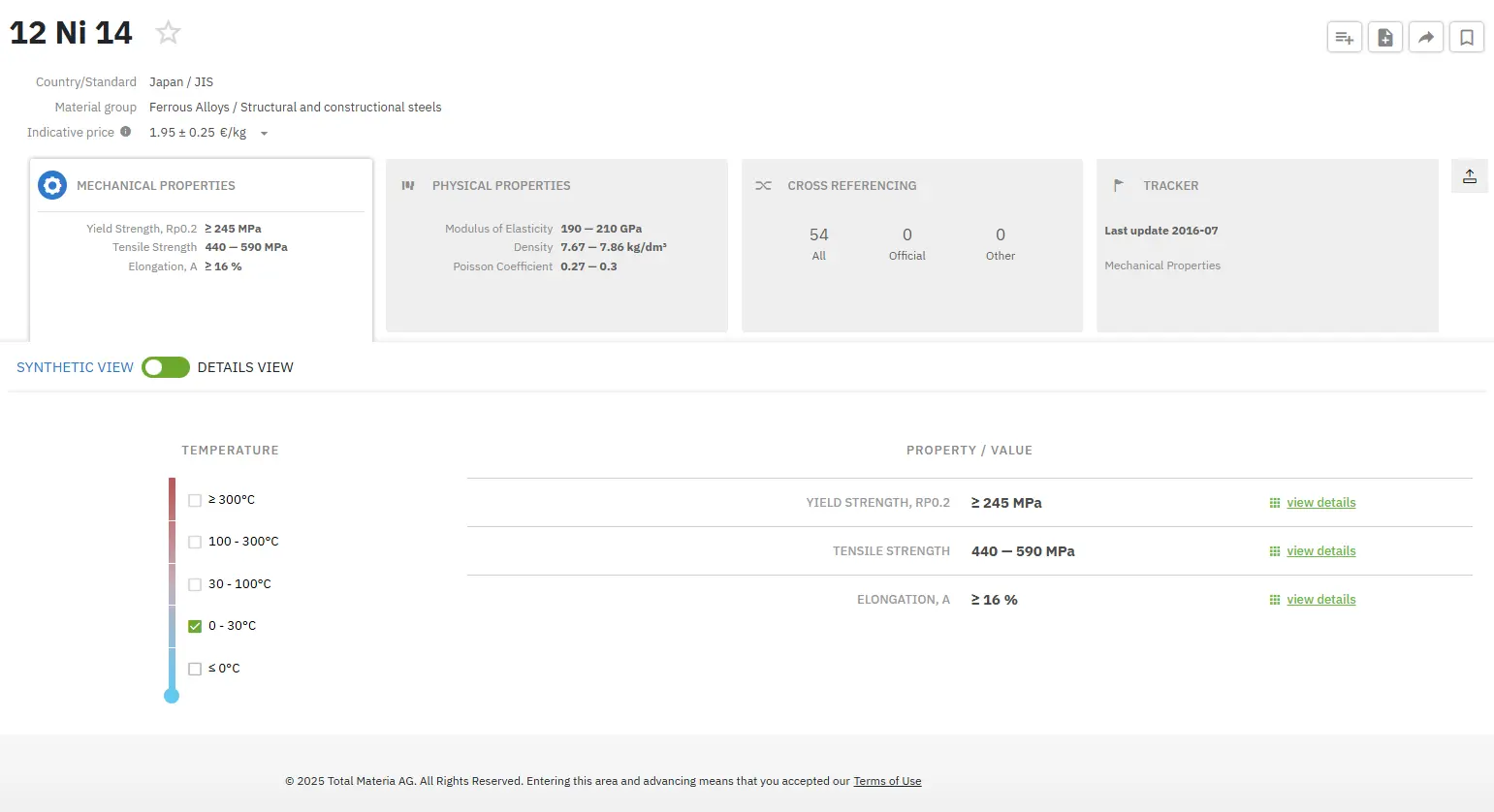Arctic Steels: Part Two
Abstract
There are many technological and management challenges in working under the harsh conditions of the arctic and these challenges extend into the use of materials in many varied applications.
A range of applications specific tests can be employed for artic steels to ensure their suitability including microstructural examination, static tension tests, crack tip opening displacement tests, to name but a few.
Currently, most investigations into materials for Arctic use have focused on the mechanical properties of these materials in a low-temperature environment.
To meet increasing demand for hydrocarbon reserves, exploration and extraction activities in the Arctic have increased significantly in recent years, in light of estimates that 13% of the world’s undiscovered oil and gas can be found in the area.
The challenging new requirements for existing steel grades are an improved toughness at lower temperatures without decrease of strength and an adapted weldability. In the paper of P. Flüss, D. Rupp, F. Hanus, W. Schütz, the development of high-strength heavy plates with improved low temperature toughness is described and illustrated with a recent application. Plates of grade S420G1/2 up to 65 mm thickness and Charpy impact properties down to -80°C and CTOD (Crack Tip Opening Displacement)-properties down to -50°C were successfully produced and delivered for the construction of an offshore loading tower in Siberia.
The paper of P. Layus, P. Kah, M. Pirinen describes the results of a comparative study of two Finnish and Russian Arctic shipbuilding thick steel plates. E500 steel plate (TMCP, 25 mm thickness, Ruukki) and F500W steel plate (QT, 35 mm thickness, CRISM Prometey), which are designed for operation in Arctic conditions at temperatures as low as -40°C and -60°C, respectively, were tested.
Comparison analysis of the two steel grades included chemical composition and microstructure examination, mechanical properties tests, impact tests at low temperatures, and special cold-resistance tests. The set of experiments is the following:
• Microstructure examination
• Static tension tests and other basic mechanical properties tests
• Impact tests with the V-notch
• Determination of the temperature of null-ductility (NDT)
• Determination of Tkb
• Crack tip opening displacement test (CTOD)
Specimens for the tests were cut from the steel plates using a water jet cutting machine. This cutting method was selected to minimize heat input to the base metal and to reduce the waste of metal during the cutting process. Tests were carried out according to international and Russian standards.
Figure 1 gives a graphical presentation of the results while Table 1 presents the results of the experiments.

Figure 1: Static tension tests of cylindrical samples

Table 1: Mechanical properties of E500 and F500W steels based on static tension tests of cylindrical samples, where σв – Tensile strength, σ0.2 – Yield strength, δ5 - Elongation, ψ – Relative contraction ratio in thickness direction
Conclusion
- Based on the conducted experiments the following conclusions can be drawn: Both steel plates studied, F500W (made in Russia) and E500 (made in Finland), meet Russian Maritime Register of Shipping (RMRS) standards requirements.
- Resistance to brittle fracture of high strength steels is defined by material metallurgy features, which depend on chemical composition and manufacturing technology.
- F500W obtains better results in special tests like NDT (-100°C > -65°C) and CTOD (CTOD -40°C average 1.18 mm > 0.41 mm). Using quenching followed by high tempering enables possible operational temperatures down to -70°C. From the economic perspective, F500W steel should only be used for special applications that require high NDT and CTOD test values.
- E500 TMCP steel has lower carbon equivalent than F500W QT steel and therefore better weldability properties.
- The applied thermomechanical processing of E500 steel leads to the formation of oriented structures that limit operational temperatures to -40°C.
Czytaj więcej
Znajdź natychmiast dokładne właściwości materiałów!
Total Materia Horizon zawiera właściwości mechaniczne i fizyczne setek tysięcy materiałów, dla różnych temperatur, warunków i obróbek cieplnych i wiele więcej.

Uzyskaj BEZPŁATNE konto testowe w Total Materia Horizon i dołącz do społeczności ponad 500 000 użytkowników z ponad 120 krajów.